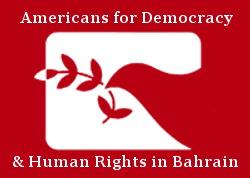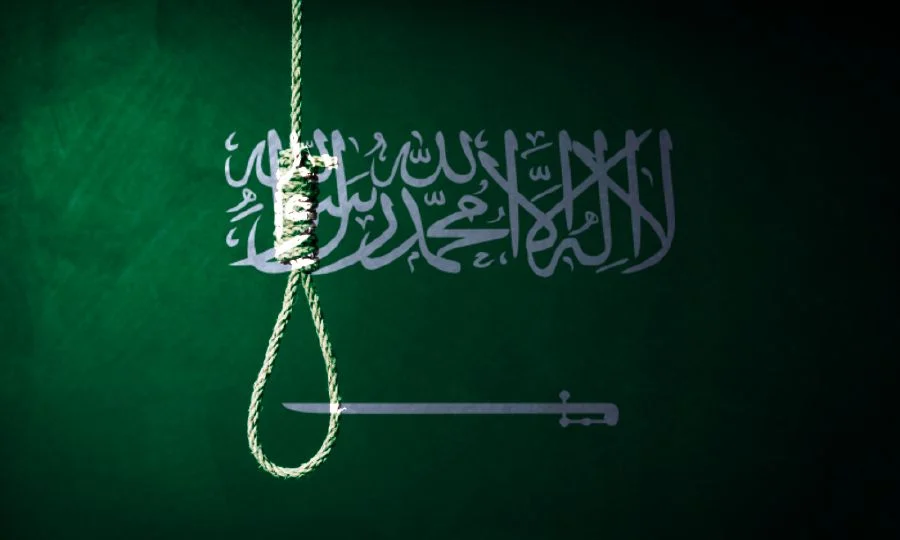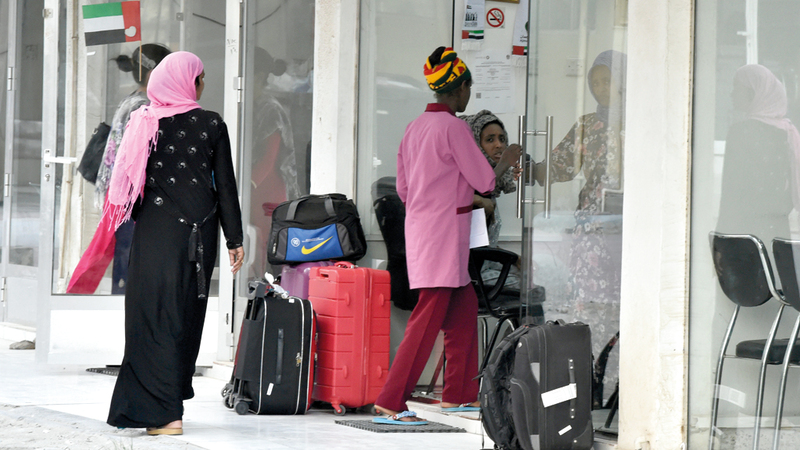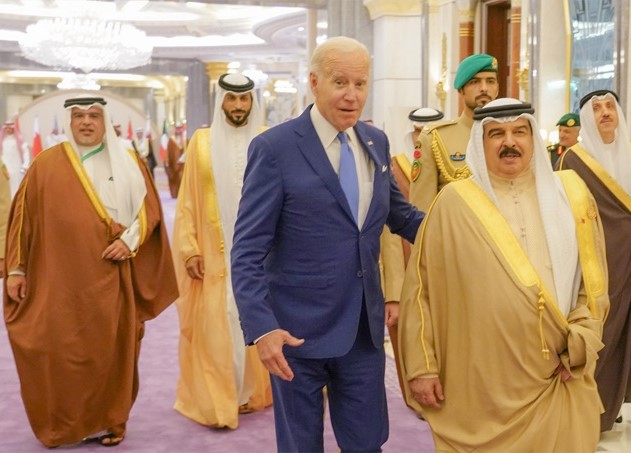The United Arab Emirates (UAE) has recently launched an extensive campaign to silence opposition, marked by a stark disregard for justice and human rights. This crackdown includes a series of arrests, summonses, and deportations targeting individuals who criticize Israel’s actions in Gaza, blatantly violating the right to freedom of speech. This disturbing trend continues the[…]
In April 2024, the Court of Appeal in Saudi Arabia approved two death sentences for Yousif Al-Manasif and Ali Al-Mubaiouq, both Saudi nationals, who were accused of protest-related crimes allegedly committed as children. The two men were arrested between April 2017 and January 2018 for protesting against the government and ‘betraying the homeland’, a time[…]
Indian women migrant workers in the Middle East and North Africa (MENA) region are expected to reach 6 million in 2-3 years. Due to the loosening of labour restrictions regarding women in the region, for example, the removal of restrictions on work during night hours, there has already been a 23% growth in demand for[…]
The United States has been increasing its focus on the Middle East since World War II. In order to maintain a consistent U.S. Navy presence in the region, the Middle East Force was established in 1949. This allowed for broader engagement, leading to a significant military partnership. […]
The story of Abdulrahman al-Khalidi has recently caught the media’s attention, along with campaigns requesting his release. Human Rights Watch (HRW) and Article 19 promptly warned Bulgarian authorities of the risk the activist would face if deported to Saudi Arabia. This case has already highlighted negligence by Sofia authorities, violating the human rights of the[…]









